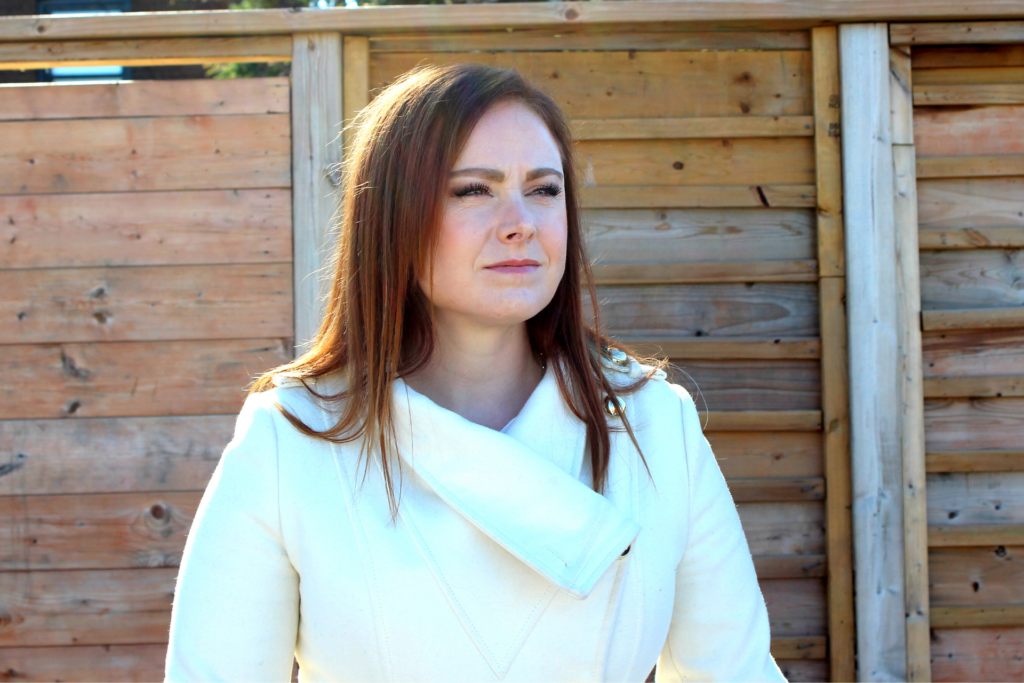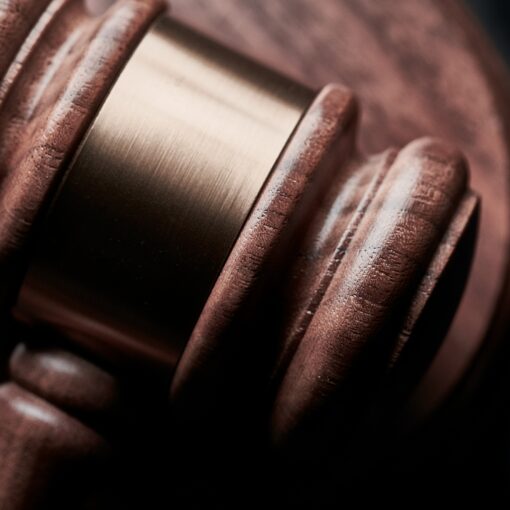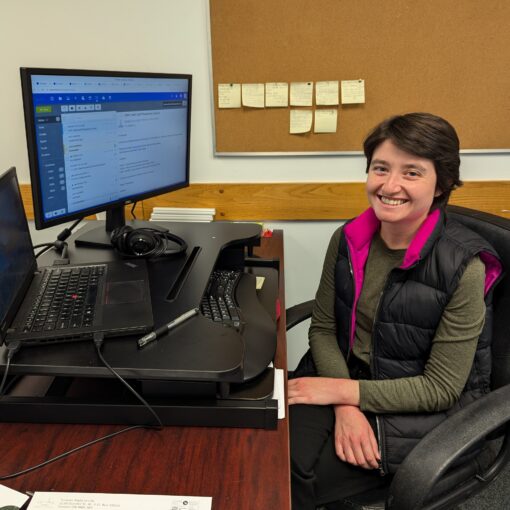I’ve seen all the reactions you can imagine while sharing a pro-life message on the streets. Though that sentence doesn’t do justice to the type of message I share. The signs I hold do not actually convey my opinion on the abortion debate. They show abortion victims, contrasted with images of life. The heartbreaking contrast between the beauty of life, and a cruel, undeserved and violent death. Beautiful, developing, living human beings, and the broken bodies of the victims of abortion procedures — the procedure our society condones, normalizes, even champions. It’s understandable, therefore, the myriad of reactions that I see.
I’ve seen shock, horror, sadness, indifference, and discomfort, shrouded in attempts at crude jokes, anger, or even violence. I’ve seen it all, I’ve heard it all. My sensitivity has been calloused to some extent, so that I’m able to persevere and have a mutually respectful and beneficial conversation with anybody espousing any of the above emotions, regardless of how rude, insulting or hurtful that conversation may have begun towards me. It’s part of the territory, so to speak.
But there’s one reaction – one type of conversation – that no matter how often I encounter, I feel a heartbreak that I struggle to contain. It haunts me. It remains in my thoughts for days. It bends my knee to prayer all the more. It shapes the lens with which I view the abortion debate entirely – it more powerfully conveys the victimhood of a second group in the abortion procedure. It’s the interactions I have with post-abortive women, who are wounded and suffering with the weight of the choice they’ve made, and the grief of the child they’ve lost.
I was standing outside Toronto Metropolitan University (TMU) last year on a cool day last September, holding a photo of an abortion victim, when I asked a woman walking by what she thought about abortion. She stopped in her tracks. She said, sadly, “I think in general it’s wrong, though sometimes it feels like the only way out, so I’m not sure it should be illegal…” her voice trailed off. She shared with me that she had had an abortion after being raped. She began to cry, recounting the story. I cried with her. She said she was not at all expecting to share this with a complete stranger today, let alone cry with her, and that if she had had “someone like me” at the time to support her, she doesn’t think she would have gone through with it. We had a deep connection in a short time. She thanked me for being there, and wished me luck in sharing my message. I gave her resources for healing before she left. She took them gratefully. As she walked away, she passed some pro-choice counter protestors sharing a pro-choice message – one that technically she is on side with. Though she believed abortion was morally wrong, she had said it should be legal still. Why then, did she say nothing to those people, with whom she agrees on the abortion debate? Why didn’t she thank them for being there, and wish them well and luck in sharing their message?
It doesn’t seem to make sense.
Similarly, I’ve had an experience at the University of Toronto in which a woman approached me and began yelling at me for the sign I was holding, that it was traumatizing to women who have had an abortion. She was so angry, with pain and sadness in her eyes… I let her get her anger out. Over time, I was able to talk to her about why I’m there, that my goal is not to hurt people, and that I’m sorry for her pain. We ended up talking for most of the next hour. She shared with me what led her to abortion, and told me she’d barely told anyone that story. She shared the pain of that decision, and how it affects her still. She cried. I cried with her. I told her I understood why she would be in pain, the loss she feels, and that I wished her healing. At the end of the conversation, she hugged me tightly. She thanked me, again wishing me well and luck in my outreach.
Again, a pro-choice woman who had had an abortion, thanking a person trying to share the opposing view — wishing them well in sharing it, even.
These are just some of many conversations like this that I’ve had over years of outreach. These are the ones that I have no emotional guard for. I don’t have calloused feelings, I can’t just brace myself for them, or shake them off after the fact. The pain and grief, anger and loneliness are too tragic. The reality of what abortion does to so many women, who largely suffer in silence, is an added heartbreak to the reality that abortion kills a defenseless human being. The only comfort is that, sometimes, there is a time to set aside the debate over the morality of abortion, and just focus on the individual person in front of you — to just listen, and offer love and compassion. I am reassured that this is the right approach, and part of the beauty of the pro-life message. It rings true. For every hug I’ve received at the end of a conversation — a hug I never dreamed would come based on how the conversation began — the lesson becomes more apparent. It’s clear to me that the method is important, as the second victim of abortion becomes more visible. I’m reminded: I’m not only there for the babies.
But something stands out about this that only recently dawned on me.
Why do they come to me?
“Why do these women — who support abortion, who’ve had abortions, who hate the photos I’m holding of the victims — have these incredible connections with me? I’m the person sharing photos of the gruesome reality of abortion — the very faces of the victims. Why me?”
Why do these women — who support abortion, who’ve had abortions, who hate the photos I’m holding of the victims — have these incredible connections with me? I’m the person sharing photos of the gruesome reality of abortion — the very faces of the victims. Why me?
About a month ago, I was again at U of T, and having a conversation with a counter protestor, named Fiona, about this very thing.
Fiona said my signs were “traumatizing to women who’ve had abortions” and that they “don’t need to see them.” She was there to cover them up, in fact. She felt it her duty to spare women the image of abortion victims, to spare them the pain.
I asked her if my signs cause trauma on their own to these women, or rather serve as a reminder of the trauma that abortion itself inflicted on them. Fiona agreed, to my surprise, they likely are more of a reminder.
But then I said to her, “What’s interesting is that you say my images are traumatizing and women don’t need to see them, but I’ve had countless conversations with women who have come up to me and shared that they’ve had abortions, that they’re wounded and hurting, and even when these have started out hostile, have ended with both of us crying and hugging.” I asked her, “Doesn’t that seem strange? Why is that? Why do they come to me? Why don’t they come to you and share that? You’re the one who is supposedly on their side.”
I let those questions stew for a little while. To be honest, I hadn’t really considered why that was, myself. Not directly, anyway. I think the reason was written on my heart, but I’d never given it thought specifically. I sat with it for a bit.
After I while, I said, “I think it’s because even though my sign is a reminder of the trauma these women have experienced, they know that I recognize the loss they’ve suffered. My position inherently recognizes the other victim, the child who is gone. Your side tends to gloss over that, or make it out to be no big deal, calling it nothing more than a choice or a clump of cells — even cover it up, so it can be ignored.”
Fiona was silent, considering what I said.
I added, “And I agree it would be wrong of me if my goal was to traumatize these women, but it’s not. It’s to spare them future abortion trauma, or spare that trauma to those considering abortion. And I carry with me resources for help and healing for them. What do you offer them?”
Fiona admitted they don’t offer any such resources, and perhaps they should get some. We agreed on that.
These are still the hardest conversations for me to deal with personally, because of how devastating they are emotionally. Usually my struggle in going to outreach is dealing with apathy. Most people ignore the truth, ignore the victims, wanting not to be bothered to face them or consider them — or to reconsider their position on abortion.
But for women who’ve had abortions, it’s not the pro-choicers who understand on that deep level… I know they’re hurting. I know they’re suffering. I know what they’ve lost – I know it’s a whom they’ve lost. And somehow, they realize that I am there for them too — there to love them, to listen to them, to grieve with them. And I’m there to recognize the wound that our society wants to gloss over, to forget, to avoid, sometimes even to cover up.
It’s the pro-lifers who appreciate the cruelty of a choice a woman makes that the father gets to walk away from, while she carries the burden of that decision forward, sometimes indefinitely (though abortion does hurt men too). It’s our side who recognizes how not empowering that is, how and why abortion hurts women, and how much better they deserve when facing a crisis than an offer to kill their child.
When it comes to the grief of the death experience that abortion is for everyone – only one side truly understands.
No wonder so many of them come to me.
And no matter how difficult it is, how much my heart breaks, I am honoured to be there when they do.
Will you help us share our message of hope, healing, and human rights for all? Your donation makes it possible for us to maintain weekly outreach and keep the pro-life message visible in the public square.




